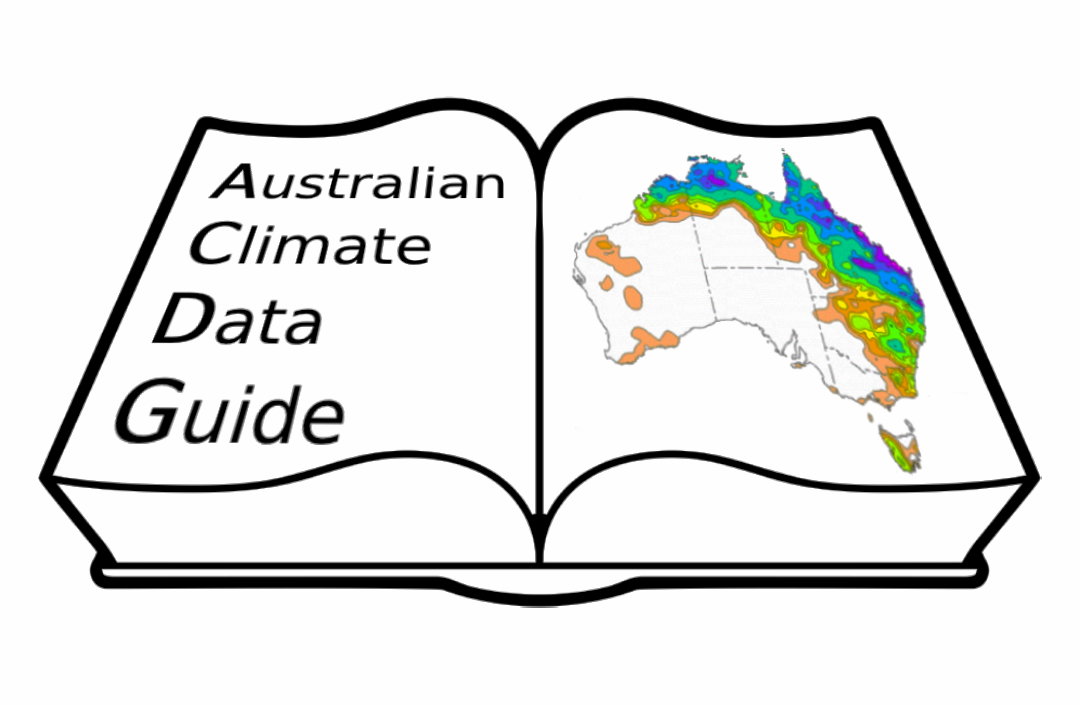Authorship
Research output are usually the result of collaboration, so it is important to attribute the right roles to anyone involved.
Often researchers don’t distinguish between different levels of involvements and either add only the main authors, failing to recognise minor but still important contributions to the work, or they add anyone involved as an author.
However, author is not the only possible option, most data portals and publishing standards now allow to use contributor to cover a range of different roles.
Note
Depending on the conventions followed by the publisher, author can be referred to as creator and contributor as collaborator.
While only the authors will be included in the research output citation, the contributors will still feature prominently in the record metadata and webpage, and it is often possible for them to use their researcher-id to keep track of their contributions.
This is particularly important for data curators who often don’t appear as authors but can now be recognised for their role. This practice it is also useful to a user of the research output as it makes clear who is more likely to answer a specific question.
Different potential roles are described in this book technical resources section, an author in brief is “a person who has created or modified a research output in a substantial way”.
Authorship policy
This is not just a definition, it is part of the requirements set by the Australian Code for the Responsible Conduct of Research 2018, and as such, it is really important to be careful when publishing not to breach this rule.
A complete definition is available in the code itself; usually it is also possible to refer to the Authorship Policy of the research output publisher.
An Authorship Policy helps a contributor to make the right decision when defining the authors and helps the managers to solve any potential dispute. It should include a clear definition on author and contributors, including their responsibilities and what action will be taken in case of a breach.
Authorship Policy example
This example of authorship policy is taken from the CLEX data collection on Zenodo. It is based on the Australian Code for the Responsible Conduct of Research 2018.
You can only submit a dataset for which you are an author.
An author is a person who has created or modified a dataset in a substantial way, either as an individual or part of a group effort.
A dataset can have several co-authors. All co-authors should have made a significant contribution to the data. Each author needs to give their agreement to be listed as an author. In addition, if some co-authors are not from CLEX, they should give their agreement for the code to be listed under the CLEX Data Collection.
It is possible to define contributors in the CLEX Data Collection, some of the potential contributor roles are:
Reviewer
To qualify, the review needs to be a substantial effort, which results in improvements/changes being applied to the dataset.
Curator
Person tasked with reviewing, enhancing, cleaning, or standardizing the data and the associated metadata in a way that goes beyond the ordinary curation of the data collection
Content-expert
Someone who contributed mainly by providing advice/review on the scientific validity of the data
These definitions are based on the authorship and co-authorship policy on the Australian Code for the Responsible Conduct of Research 2018.
You can only submit a modified dataset if the modifications add value to the data. For example, if you have applied some correction to an existing dataset, this effectively add values to the original data. Re-gridding a dataset is not enough to consider this a new dataset. The best option in this case is to cite the original data and the re-gridding code.
When submitting a modified dataset, the authors are responsible to ensure the licensing and ethical terms of the original data allow for that submission.
